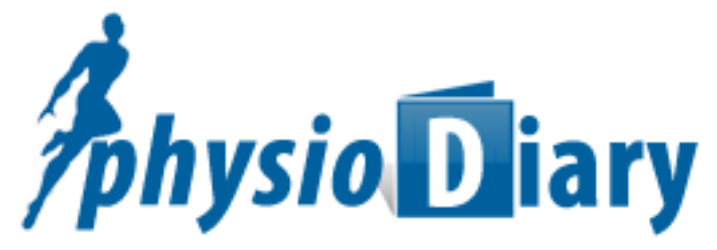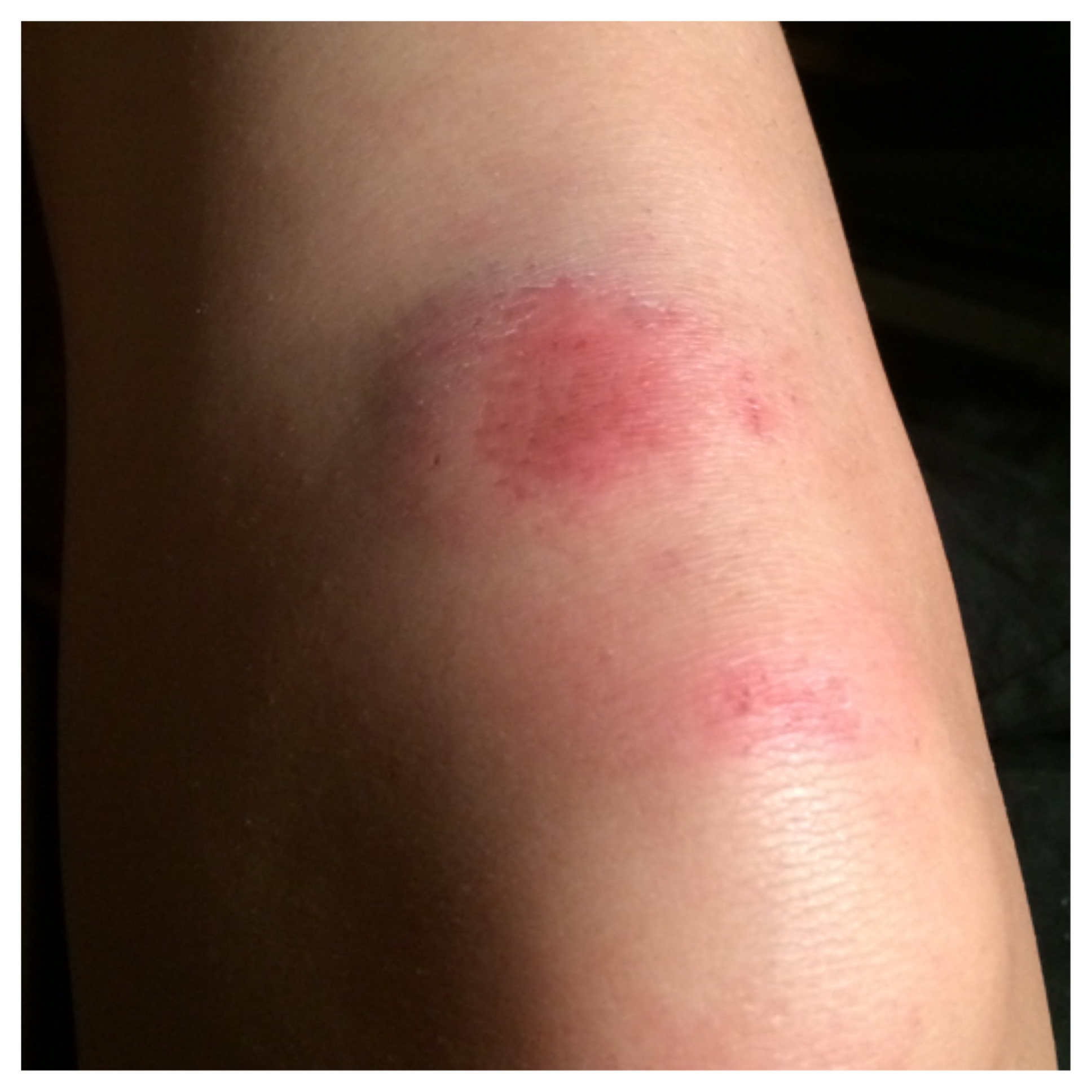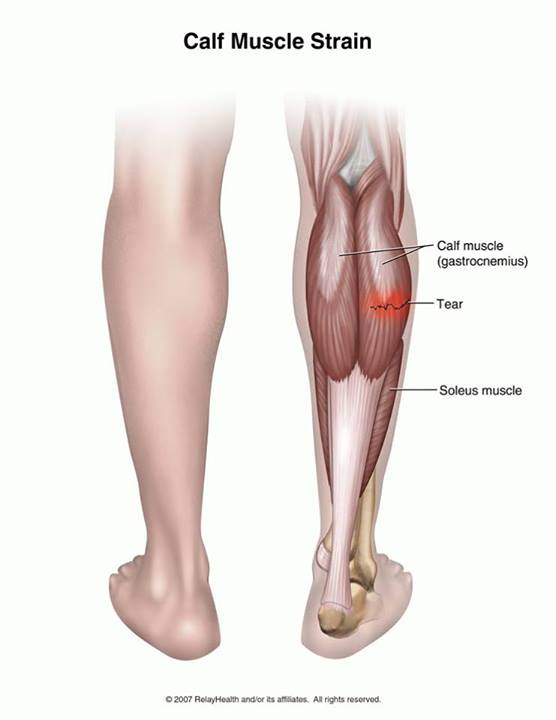Congenital talipes equinovarus (CTEV)

CTEV-DEFINITION
Congenital talipes equinovarus, also known as club foot, is a congenital foot deformity present at birth. It is one of the most common congenital deformities. Incidence varies between ethnic groups. Incidence in Western countries goes from 1 till 1,50 per 1000 live births and in some developping countries rises up to 3 per 1000.

Clinically Relevant Anatomy
The foot consists of 26 bones. Most relevant for this congenital deformity are the talus, calcaneus and navicular. The calcaneus and navicular are medially rotated in relation to the talus. The foot is held in adduction and inversion by ligaments and muscles. Muscles that are contracted are triceps surae, tibialis posterior, flexor digitorum longeus and flexor hallucis longus. Weak peroneal muscles allow the foot to be inverted. The ligaments of the posterior and medial aspect of the ankle are thick and taut
Epidemiology/Etiology
According to Pandey and Pandey causes of clubfoot have been put forward by various theories. They include the following possibilities:
Neurogenic theory– reduced motor unit, which counts in the distribution of the common peroneal nerve, may be responsible for clinically demonstrable muscle weakness.
Myogenic theory– suggested by the presence of anomalous muscles, e.g. accessory soleus muscle and flexor digitorum accessorious longus muscles, wich can produce equinovarus deformity.
Vascular theory- diminution of blood flow in the anterior tibial artery and its derivates.
Embyonic theory- developmental defect occuring up to 12 weeks of intrauterine life.
Chromosonal theory– presence of some chromosonal defects in unfertilized germ cells.
Osteogenic theory– Due to some unknown cause, temporary arrest of development occurs in the 7- to 8- week-old embryo, wich can lead to clubfoot or other deformities.
Mechanical block theory– due to some mechanical obstruction during the intrauterine development period, e.g. intrauterine fibrotic bands, less amniotic fluid, disproportionate uterine cavity, etc, talipes equinovarus can occur.
Considering the many etiologies, authors agree that talipes equinovarus is a common component of neurological disorders.
Characteristics/Clinical Presentation
The deformity consists of equinus/plantarflexion at the ankle combined with adduction and inversion at the subtalar, midtarsal and anterior tarsal joints .
Club foot can be discribed as congenital dislocation of the talo-calcaneal-navicular (TCN) joint . Further there is an imbalance between the inverter-plantarflexor muscles and the everter-dorsiflexor muscles. The calf and peroneal muscles are usually poorly developed.
Diagnosis
Talipes equinovarus is usually detected at birth. The examination after birth consists of taking the foot and manipulate it gently to see if it can be brought into normal position. If this examination is positive the condition is considered to be correctable.
Prognosis
The prognosis depends mostly on the time the treatment started. When treatment is started within the first week after birth, the chances of healing without relapse in further life are high. Persistence in wearing the abduction bar also contributes to a good prognosis .
Outcome measures
The most common used outcome measure is the scoring system of Pirani. This scoring system assesses the severity of clubfoot deformity and response to treatment. It has a predictive value concerning the number of casts needed to correct the foot. A high score, 4 or more, predicts the use of at least 4 casts. A score less than 4 predicts the need of 3 or fewer casts. Each component is scored as 0 (normal), 0.5 (mildly abnormal) or 1 (severely abnormal)
Physiotherapy Management
The Ponseti method is the most common used and known treatment of talipes equinovarus. It consists of a series of manipulations/manual stretchings and immobilisation by plaster casts and abduction bar. The treatment usually starts within one week after birth. The therapist manipulates the foot (or both feet) gently by stretching the tight anatomical structures, i.e. the ligaments of the posterior and medial aspect of the ankle, triceps surae, tibialis posterior, flexor digitorum longeus and flexor hallucis longus. When the foot position has obtained a degree of correction that shows progress to the initial situation, a plaster cast is applied and held on for one week. After one week the cast is taken off, the foot is manipulated again and a new cast is applied to correct the position further. This procedure is repeated until the foot position is normal.
The manipulations correct first the cavus stance of the foot, then adduction, valgus and at last the equines stance . All components are corrected simultaneously except for the ankle equinus . In severe cases, when plaster casts and manipulation do not obtain the right correction, tenotomy of the achilles tendon is applied to correct the equines stance or other surgical interventions are needed.
After removing the final cast, both feet are held in hyperabduction by a foot abduction brace. The Ponseti bar is to be held on 23 hours a day for three months and afterwards during night till the age of four. The purpose of this final part is to avoid relapse in later life .
Although the Ponseti method has good results, it is a long and intensive treatment. In some developing countries people often have to travel far and long to have a treatment. Most people cant afford or dont have time to travel such a distance several times. Therefor an accelerated Ponseti method is applied, where patients are treated within 3 weeks.
The French technique involves daily manipulation of the foot for 30 minutes followed by stimulation of the muscles of the foot and lower leg, with the emphasis on the peroneal muscles. The purpose of muscle stimulation is to maintain the correction obtained by manipulation. After manipulation and muscle stimulation taping is applied. The treatment has to be applied daily for two months, followed by three treatments a week for 6 months.
This method gets good results but has decisive disadvantages. The therapy involves too many hospital visits, depends on the manipulation skills of the physical therapist and is costly .











